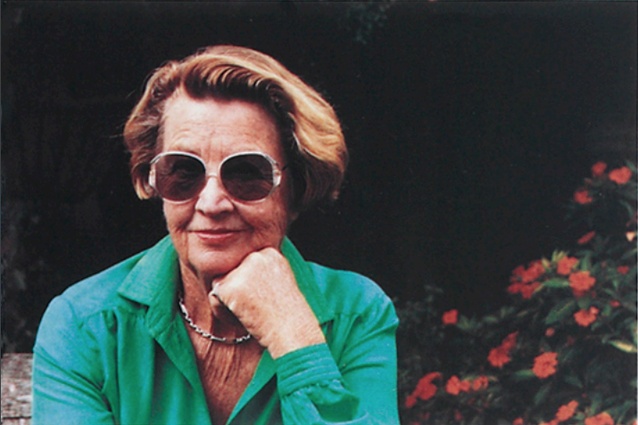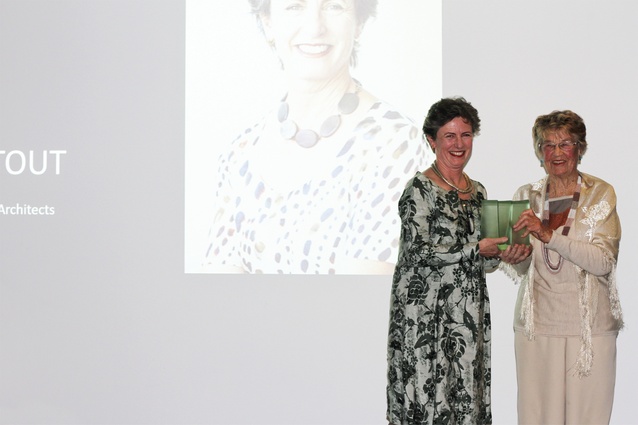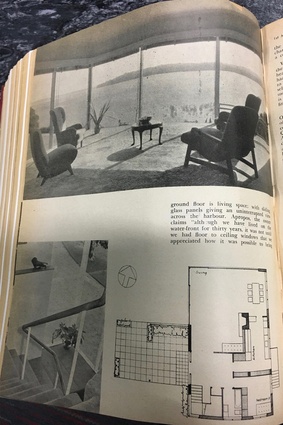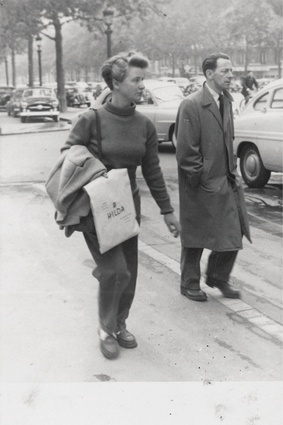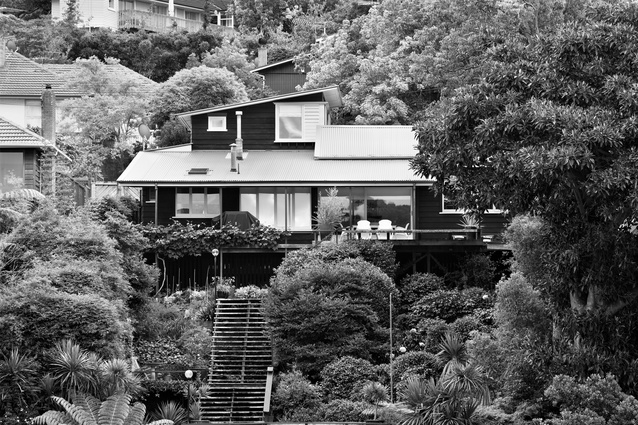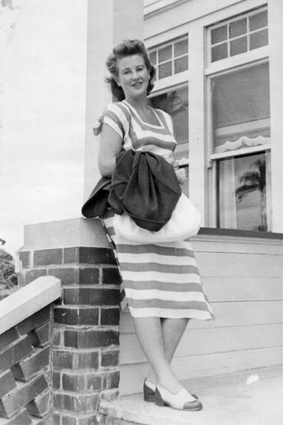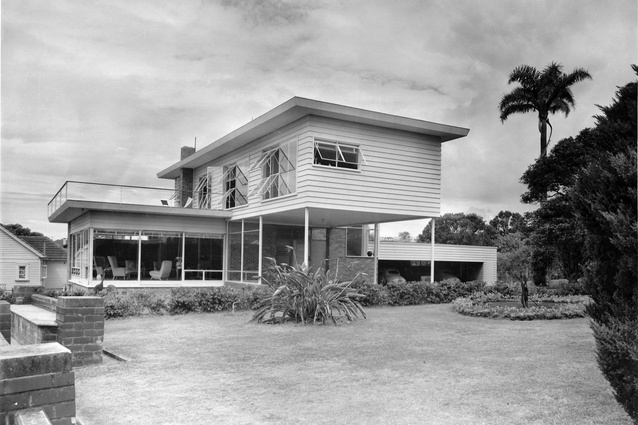Obituary: Lillian Chrystall (1926–2022)
Lillian Chrystall’s long and influential career in architecture has seen her become an important role model to many in her lifetime. As the first female architect to win a national-level award for a building in New Zealand in 1967, the first female Fellow of the Te Kāhui Whaihanga New Zealand Institute of Architects (NZIA), and the first female university studio tutor (1948–1949 at the Auckland University College School of Architecture – now the University of Auckland School of Architecture and Planning) – her effect has been particularly significant for female architects in Aotearoa.
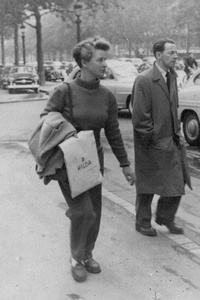
Lillian Laidlaw was born in Auckland in 1926 into a well-established Christian business family; her father Robert Laidlaw (1885–1971) being the founder of Laidlaw Leeds (later the Farmers Trading Company Ltd) and the author of The Reason Why (1927), a Christian treatise that is still published today. Lillian attended Auckland Girls Grammar School before enrolling at the Auckland University College School of Architecture in 1944. Her intake year had 36 students, higher than previous years due to returning servicemen from the Second World War, and she was one of five women. Her contemporaries included Dorothy Gawith (Mahon), Susanne Sharpe (Priest), Maurice K Smith and Rex Mason. As a student, Lillian was engaged politically and was voted on to the University Students’ Executive Committee in February 1947. Work experience was gained at Massey Beatson Rix Trott Carter and Co and she became a member of the NZIA in April 1948, the same year she graduated. Between 1948 and 1950, Lillian worked as studio assistant to Vernon Brown (alongside Tony Treadwell), who had a strong influence on the work she later produced.

Between 1950 and 1954, Lillian lived and worked in Europe, firstly for Ernö Goldfinger in London during the post-war reconstruction period, followed by two years in the practice of Hungarian architect André Sive (Andras Szivessy) in Paris, working on low-cost housing in Aubervilliers. On her return to New Zealand, she established Lillian Laidlaw Architects in
Auckland, designing warehouses and office buildings. The practice name subsequently changed to Chrystall Architects, after her marriage to David Chrystall (1927–2014) in 1955. Within the practice partnership, Lillian and David worked on separate projects, where David focussed on schools and community buildings, and Lillian on commercial and (later) residential projects.
The office was located in Airedale Street, in central Auckland, where the Chrystalls also lived and raised their three children, with the office relocating to Symonds Street nearby after the birth of their second child. Their urban home became a regular meeting ground for a small group of architects, including Peter Bartlett, Bill Wilson, Ivan Juriss, John Goldwater and others.
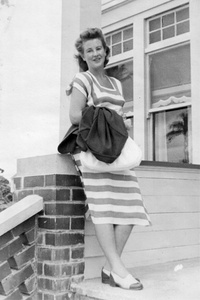
Chrystall Architects ran as a small practice until 1980, when David and Lillian separated and Lillian continued the practice until her retirement in 2011 at the age of 85. Pam Ingram is a notable long-time employee.
Award recognition has included an NZIA Auckland Branch Merit Award in 1957, the NZIA Bronze Medal in 1967 for the Yock House in Remuera, Auckland, an NZIA Branch Award in 1979 for the (Philip) Yock House in Mission Bay, and an NZIA Local Enduring Architecture Award in 2013, for the (Antony) Yock House.
Lillian’s interest in community and urban issues extended to her lobbying for urban development in local body politics, with involvement in the pedestrianisation of Vulcan Lane and the redevelopment that became Victoria Park Market in Auckland’s CBD.
In addition to and alongside her architectural career, Chrystall was active in the business sector and with community organisations. She was the first woman on the Auckland Savings Bank (ASB) Board of Trustees in 1975 and served until 1989, and the first female Chairman of the ASB Board in 1983, a position she held until 1985. In 1965, she was a founding member of the Auckland Zonta Club in 1965, an international organisation focused on ‘Empowering Women through Service and Advocacy’. In 1989, Lillian Chrystall was awarded an OBE (the Order of the British Empire) for public services.
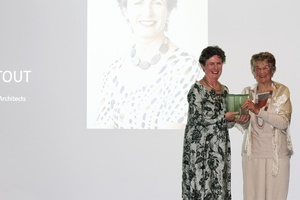
The legacy of Lillian Chrystall continues through her work in its many forms. One way of ensuring its continuation has been through the naming of the Architecture+Women.NZ ‘Chrystall Excellence Award’, one of the three A+W NZ Dulux Awards, established in 2014. Recipients to date have been NZIA Gold Medallist Julie Stout, academic Dr Sarah Treadwell and NZIA past-President Christina van Bohemen.
Lillian is survived by her three children Paul, Ben and Madeleine, and their wider families, which now cover three generations. In her strong yet modest and straight-forward manner, she touched many lives – she was a generous and supportive colleague to many architects and a respected member in business circles and charitable organisations. In addition to her family and friends, she will be greatly missed by the many communities she contributed to.

